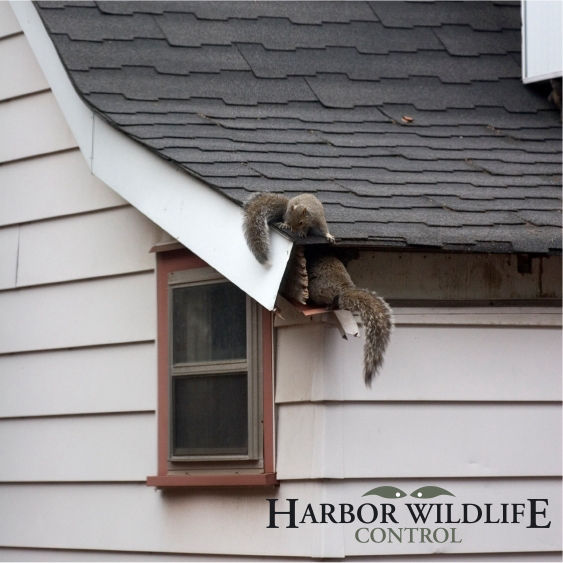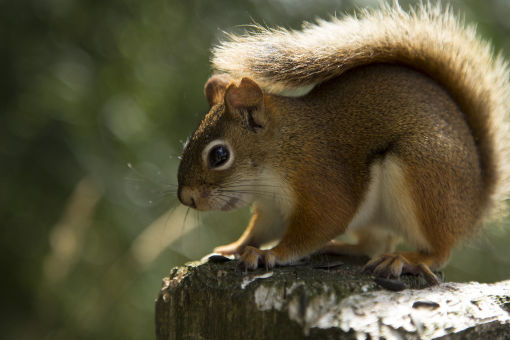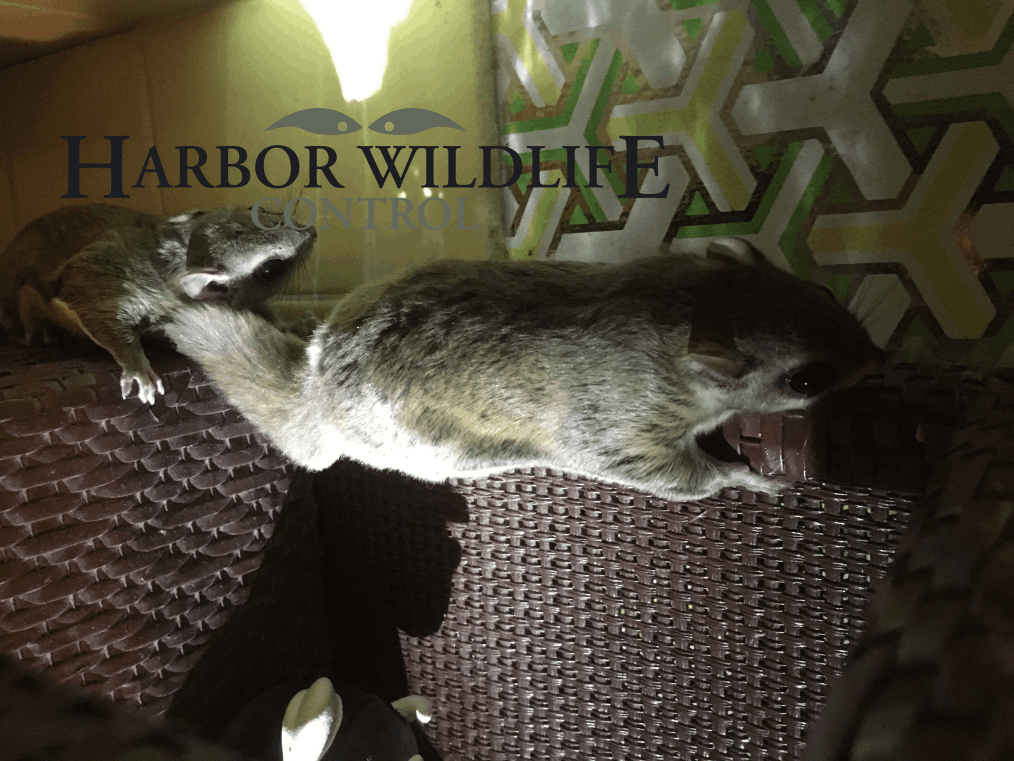
Gray Squirrel
The eastern gray squirrel (Sciurus carolinensis), also known as the grey squirrel depending on region, is a tree squirrel. It is native to eastern North America, where it is the most prodigious and ecologically essential natural forest regenerator. Widely introduced to certain places around the world, the eastern gray squirrel in Europe, in particular, is regarded as an invasive species. The eastern gray squirrel has predominantly gray fur, but it can have a brownish color. The melanistic form, which is almost entirely black, is predominant in certain populations and in certain geographic areas.
The head and body length is from 23 to 30 cm (9.1 to 11.8 in), the tail from 19 to 25 cm (7.5 to 9.8 in), and the adult weight varies between 400 and 600 g (14 and 21 oz). They eat a range of foods, such as tree bark, tree buds, flowers, berries, many types of seeds and acorns, and other nuts,

